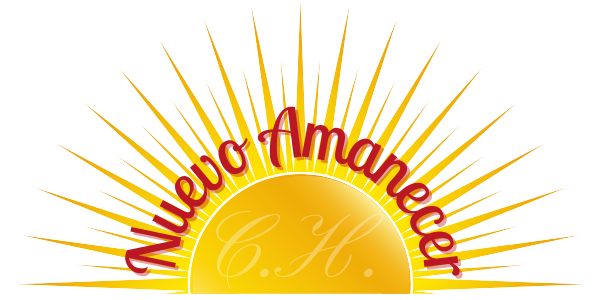HOW DOES PLAY HELP CHILDREN GROW?
Play helps children grow and change in four ways:
- physically
- mentally
- socially
- emotionally
PLAY AND PHYSICAL DEVELOPMENT When children play, they learn to use their muscles. Gross motor play involves large muscles. Fine motor play involves the use of smaller muscles.
- Large muscles like those in the arms and legs get stronger and work better as children run, jump, and climb.
- The small muscles of the fingers and toes become more controlled.
- Babies hold on with all their hands.
- 4-year-olds can easily pick up small pieces.
Balance ability comes with practicing walking along curbs, climbing trees and monkey bars, and playing hopscotch. When parts of the body work together so that the entire body moves smoothly and performs a task, this is called coordination. Children have a lot of energy. They need plenty of opportunities to play physically to burn off energy, then they sleep and eat better, so they will continue to grow. At all ages, motor coordination capacity depends on how much physical activity children do daily.
Music and movement
Music and the emotional and social development of the child
Including music in children’s activities helps children’s development which unites the two hemispheres of the brain. Music and emotions develop in the limbic system. Music provokes all types of feelings and emotions, being a tool that allows children to understand and express what they feel and at the same time strengthens bonds of trust. Music and its importance in the development of children’s body expression.
Body movement is closely linked to the world of sounds. Music stimulates the senses and balance, strengthening children’s muscles. When dancing they adapt their own movements and rhythms, acquiring greater coordination and spatial sense.




